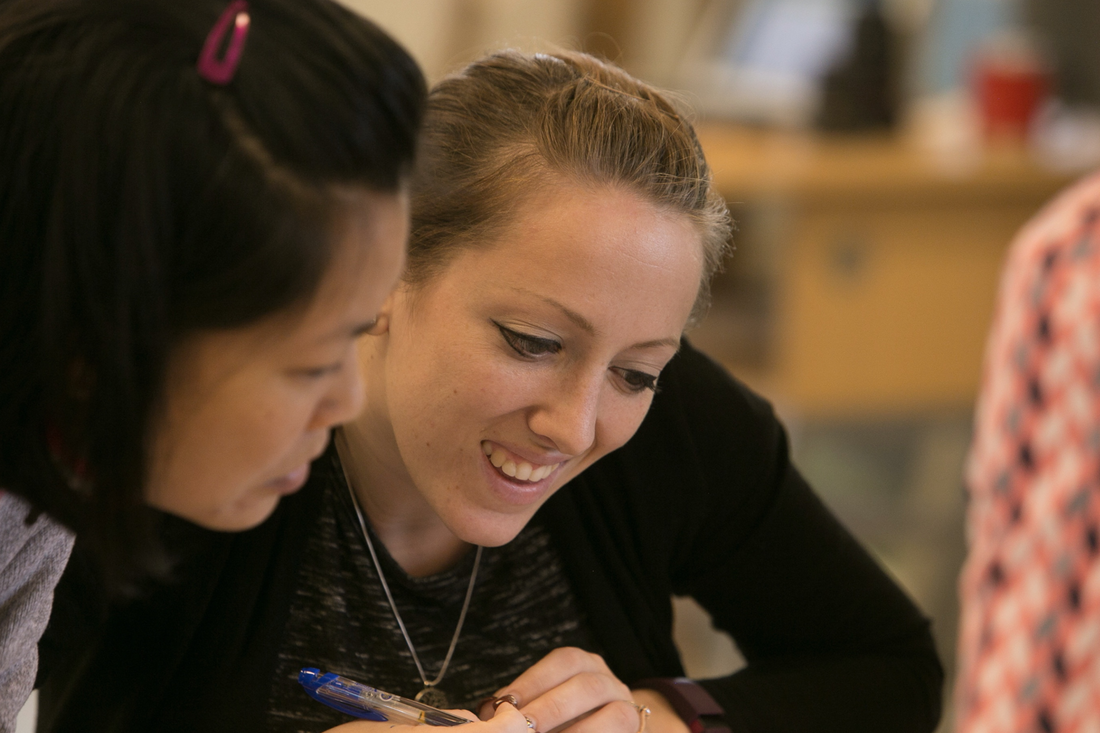|
Developing collective leadership for community change requires a supporting structure that will allow people the time and environment to build trust, learn to work together in new ways, develop shared purpose and plans and take action. Be grounded in your space. Learn the stories of the different groups within your community. Explore your history and how successful change has happened. As a convener of a group developing collective leadership, it is important to ask: what does it mean to know the people in your community as members of different cultures? It is powerful for your group members to hear the stories about what other people have experienced because they are members of different groups in your particular community (distinct by race, gender, ethnicity, age, sexual orientation, economics, politics, and identity). What has happened to people because of the way those in power have acted over time? What are the present-day conditions? What is the future they see for themselves? And how do those futures differ by membership in certain groups? Keep in mind that people are always members of multiple groups. Because we are all interconnected, it helps to understand the complexities of community context (history, culture, demographics, politics, economics, etc.). The more complete the picture you have, the more effective your group will be in understanding what is needed and what will work. Gracious Space is not a conflict-free space. As people work together in community, it is inevitable that conflict will occur. People carry their past assumptions about others, different world views can lead to friction, and solutions offered can trigger competition among group members. It is important to have the space for conflicts to emerge and be addressed productively. What we did: (following closely the teachings and toolkit of Gracious Space by the Centre for Ethical Leadership and modified for our cultural context in China). Prompt the group with the questions: “Think of a time when you have experienced Gracious 亲切 Space 地点 -- whatever this means to you. What was the setting? What did you experience?” Invite participants to split into pairs: “Find one other person in the group to talk to. For the next five minutes share your stories with each other.” While the group is talking, write the definition on chart paper: Gracious Space is a spirit and setting where we invite the stranger and learn in public. Gather the large group together. Ask participants to share some of the characteristics of the Gracious Space you experienced. Document their sharing on white paper or on whiteboards to photograph later.
Setting: “The external setting matters. Look around the room we are gathered in. What about this setting supports the kind of interaction we want?” Listen to four or five responses. “When working on the setting it is important to ask the question, how can the setting support the type of interaction we want to have? This requires us to look three elements: • Physical space: Do we want to be in a retreat setting away from distractions? How important is natural lighting and air? • Time: How much time will we allocate? Is the time sufficient to have the depth of conversation we intend? • Format: Do we want to sit in a large circle to be able to face each other and share stories? Do we want to be at round tables to support small group discussion?” Welcome the stranger: “We want to welcome difference – background, experience, perspective, etc. We need to ask who else in our community needs to be included in this work.” Learn in public: “How will you open up to learning? What do you need to let go of – certainty, expertise, solutions, etc.—to open up? How will you create space for the ideas, wisdom, and expertise of others to show up?” “Can we create this space here and now for our gathering?” "What are the cultural considerations that we have not addressed for this work together?" Document the responses, thinking ideas of the participants. Ask if you have documented their ideas correctly and represented them in the way they are happy with. Action:
Now that you have established more gracious space flow into the first Learning Exchange.
0 Comments
|
ArchivesTags |

